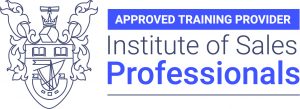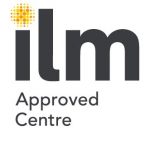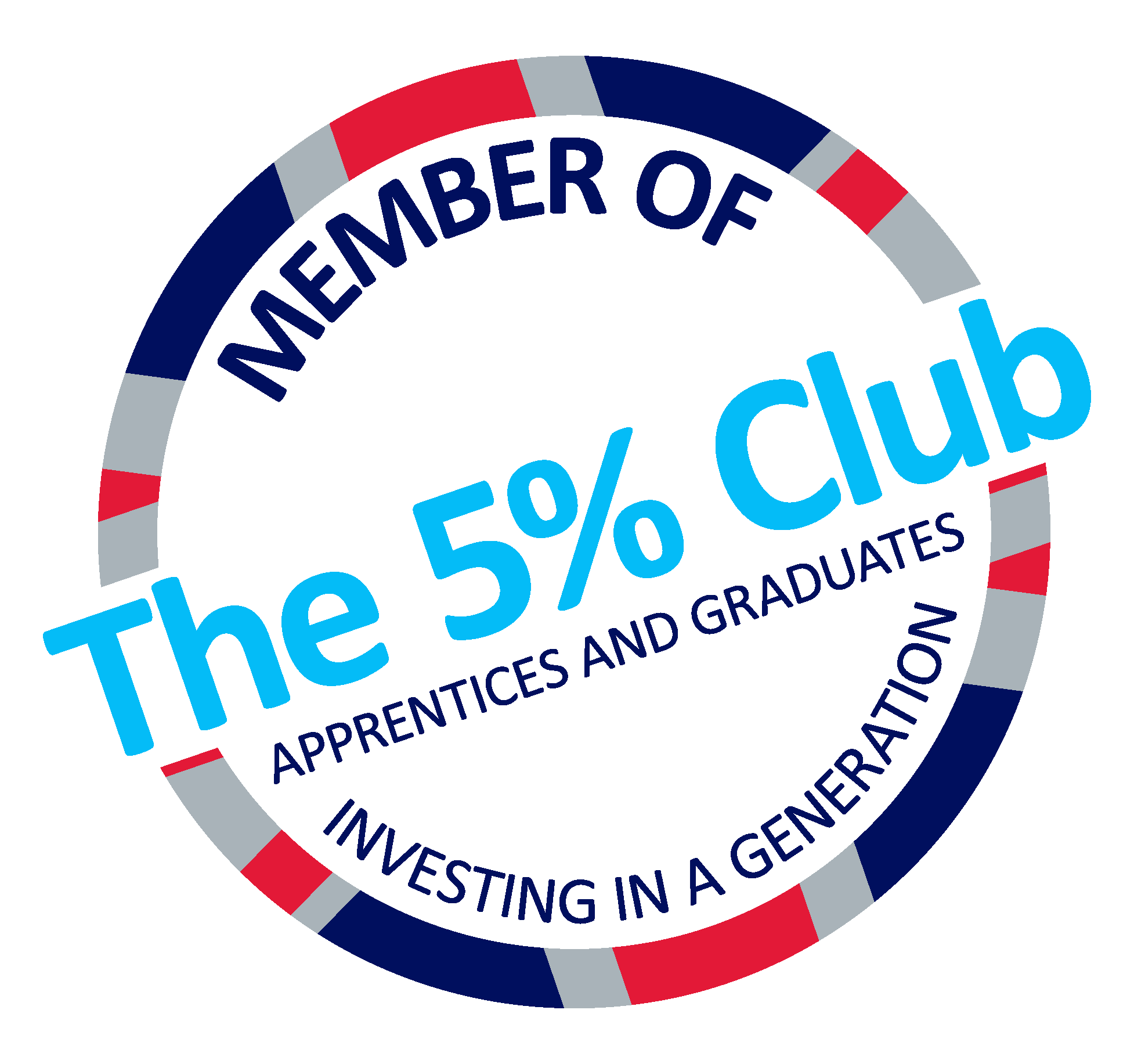Whether you’re a manager or a direct report, at some point in your career you’re likely to have participated in a 1-2-1 development meeting consisting of uncomfortable feedback conversations, awkward silences and a focus on tasks and KPIs rather than individual development.
The problem isn’t that you’ve experienced this… it happens to the best of us. The real test is ensuring it doesn’t happen again.
The trick is making feedback normal; all too often we only get feedback when we’ve done something wrong or something exceptionally well – what about all of the times between? Companies who implement regular employee feedback have turnover rates that are 14.9% lower than companies who don’t, which shows the power of open and honest communication channels.
Discovery recommends using a Personal Effectiveness Wheel (PEW); a tool that helps to align employees and managers so that everyone leaves a 1-2-1 feeling like a winner. The benefits of using a PEW include:
Onboarding fresh talent
When individuals are starting out in their careers, they are high-potential talent that need to be moulded and developed. 49% of young people think that their education hasn’t prepared them for work, so companies need to help them transition into the working world.
For early career employees, 1-2-1 feedback sessions with their managers are critical to their professional development and personal growth – they’re in brand new territory and are probably quite daunted.
A PEW has a maximum of eight spokes to populate with development points, which can only be taken off and replaced by a new one once they are consistently scoring nine or ten on that development area. For some new recruits, this can help them to become effective and efficient in their daily tasks, and once they are used to the working environment, you can stretch them further.
Clear objectives & a path for development
When you recruit high-potential talent, you want them to develop as quickly as possible. The PEW can help by giving clarity to both employees and managers through tangible & realistic goals.
The spokes on a PEW correspond with the amount of development areas identified (minimum of 4 and maximum of 8), employees then write the development points on each spoke with a short summary of how this is reflected in their role. This helps:
- The manager to gain clarity on the areas that the employee wants to develop
- To identify what a 10/10 should look like within their role
- To establish how working on this area will improve performance
- To prepare employees for future roles
All of this helps to provide the clarity and direction needed for effective development.
Increased accountability
As your early career employees are getting to grips with their new role, it’s important that there’s a balance between them being supported by their manager and them taking responsibility for their own development.
When completing a PEW, employees grade themselves out of 10 for how well they have performed on each development area. This is then discussed with their manager so they can provide feedback – this could be positive or constructive, it all depends on the score for that individual spoke.
By asking employees to grade themselves, they are being held accountable for their own development; if a score is consistently low or unchanging it easier for managers to identify that there hasn’t been any progress.
Over time, you should start to see an increase in employees’ confidence and capability, giving them an extra push to take on additional responsibilities.
Are you looking for a tool to help you fast-track your early career talent? Download our free Personal Effectiveness Wheel templates and instructions here.













